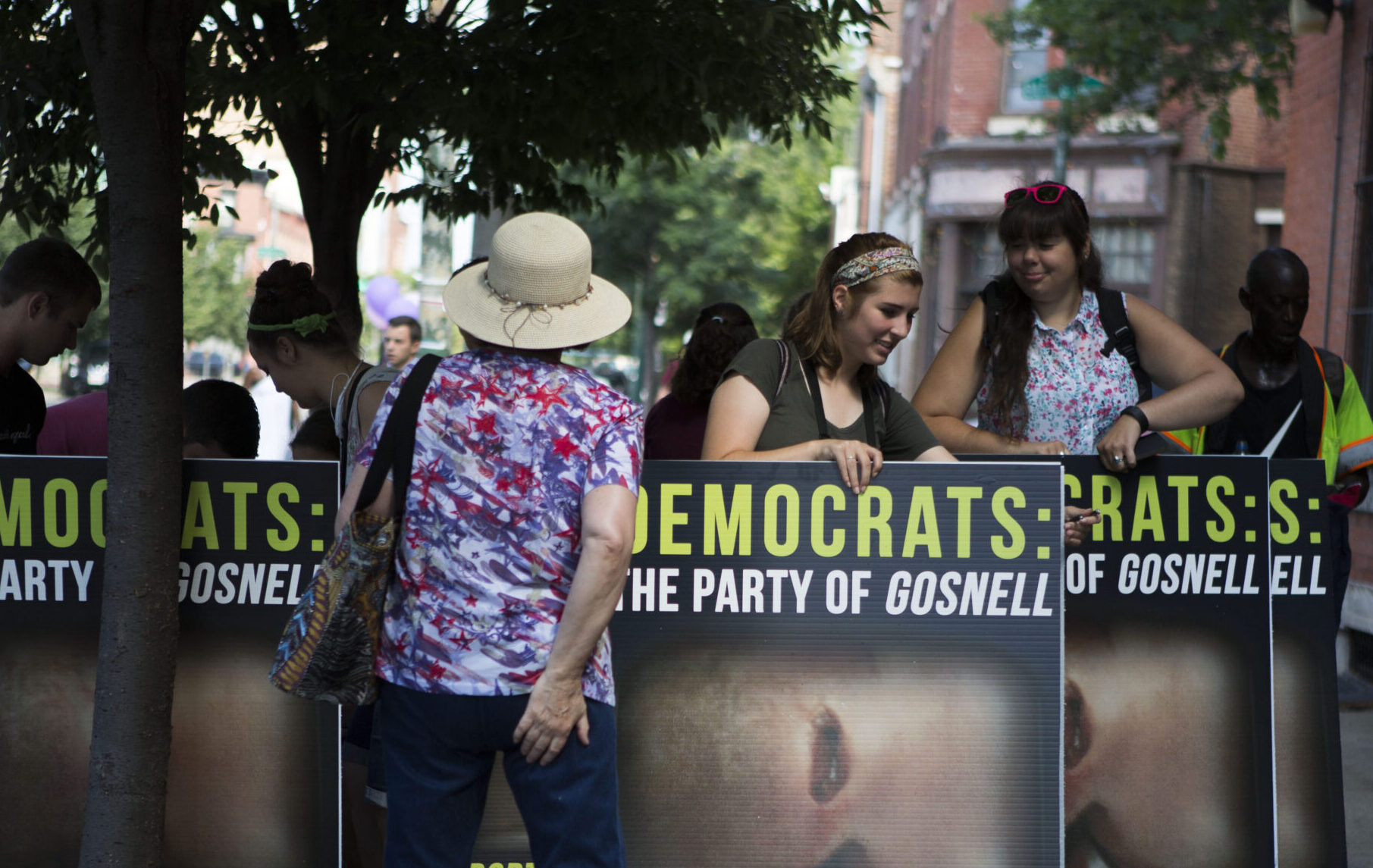Ensuring Fetal Demise
A decade after the Kermit Gosnell conviction, we should ask how unusual the horrific case really was.

Ten years have passed since Kermit Gosnell was sentenced to life in prison for a tiny fraction of the murders he committed over more than thirty years as a contract killer.
On May 13, 2013, a Philadelphia jury found the prolific abortionist guilty on one count of involuntary manslaughter, three counts of first-degree murder, twenty-one counts of illegal late-term abortion, and 211 violations of a state informed consent law. Gosnell’s third wife, Pearl, and eight other members of his criminal enterprise were convicted as well, for a total of thirty-two felonies and 227 misdemeanors.
It was a bit like catching Al Capone on tax evasion.
One of the most prolific serial killers in all recorded history, Kermit Gosnell had advocated legal infant murder since at least the 1960s, when he first began to practice what he called medicine. From the time he established his main abortuary—the hygienically named “Women’s Health Society Clinic”—in 1979 to its shuttering by state officials in 2010, it is virtually impossible to calculate how many children Kermit Gosnell killed. It is reported that he made between $10,000 and $15,000 on any given day from the practice by the time the state finally put a stop to it.
We cannot gloss over the fact that Gosnell’s “house of horrors” (as the prosecutor called it at trial) was allowed to operate virtually unimpeded. The relevant authorities knew exactly what was going on: Kermit Gosnell was killing human children in exchange for payment, and he was keeping their tortured bodies in paper bags in the break room fridge, in milk jugs, in cat food cans—in a dozen different sacrilegious ways that indicated not just carelessness but active, demonic hatred of the human person. Gosnell treated the mothers who came to purchase his services so brutally that in multiple proven cases they got more death than they bargained for.
Gosnell’s methods were particularly unrefined. He was known for contract killings that fell well outside the parameters established by the abortion state, in which babies were born alive and killed outside the womb. He described the act of decapitation, in what barely qualifies as euphemism, as “ensuring fetal demise.” Former staffers testified that babies squirmed and screamed as Gosnell clipped their necks, and that the doctor would often wait 20 minutes or more after birth to do so.
Women were left bleeding and untended in the office, often treated by amateurs—one a 15-year-old high school student—without a doctor present. A flea-bitten cat meandered through the hallways, which reeked of urine.
For years, Gosnell faced censures, fines, lawsuits, and complaints about his failure to adhere to even the most basic standards of medical practice. Nobody cared. When a whistleblower went to the state with the whole story, an investigator conducted a single off-site interview before filing the complaint away as unconfirmed.
Even when, at long last, the FBI raided the clinic and the state ordered it shut down, it had nothing to do with the thousands of murders Gosnell had carried out there. It had nothing to do with the children who went before magistrates for justice, certain that Kermit Gosnell had killed their mothers accidentally in the process of killing their siblings for a fee. It was a drug bust, driven by raised eyebrows over Gosnell’s prescription patterns.
Only when that operation placed enough eyes on the visceral sight of infanticide did the case against Kermit Gosnell reach critical mass.
Until then, nobody cared that Kermit Gosnell was killing children. They could not, lest they be forced to care about all the other people out there killing children.
The power of emotion and instinct overcame that mental block for many, but the sheer enormity of Gosnell’s crimes risks obscuring an important truth: There is no dark line between Kermit Gosnell and every other merchant of death who lines his pockets dismembering America’s unwanted infants. He does not stand apart from a trade defined by death merely because his killing has been brought out from the dark.
Subscribe Today
Get daily emails in your inbox
A year after the end of Roe, with abortion back in open political combat, this must be the unified position of decent, humane people: Every abortion is evil, and every abortionist is evil. There is no compromise to be made between society and a man who stuffs dead babies in cat food cans. And there is little meaningful difference between a man who stuffs dead babies in cat food cans and a man who stuffs dead babies into medical waste baskets.
Kermit Gosnell is in prison where he belongs. He will not leave until he goes to his final judgment. But how far is that from justice in a nation where fifteen killers like him still ply their trade in every major city unaffected?
A serious American right—and a serious American Church—would think long and hard about that question and the actions it invites.